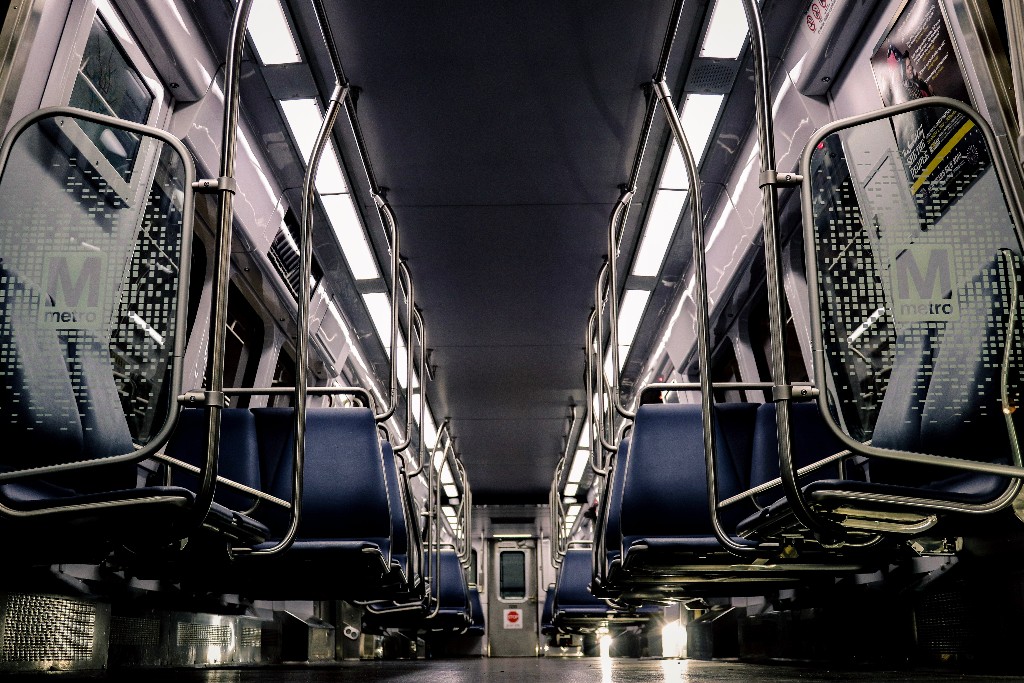The Washington Metropolitan Area Transit Authority (WMATA) said in a statement that AT&T, T-Mobile, and Verizon are now providing wireless service throughout the entire Metrorail system.
“With Metro’s 100-mile tunnel network now connected to each wireless carrier’s network, customers can communicate or stream content throughout their journey from the street to the station and in the train,” the transit agency said.
The project has been in the works for over 10 years, according to Metro. The last three segments — between Dupont Circle in Downtown DC and White Flint in Maryland, the Yellow Line from L’Enfant Plaza to the Pentagon, and Silver Line in Tysons Corner — have been recently completed.
Metro @ATT @TMobile @Verizon announce wireless service now available in rail tunnels systemwide. Customers can check in with friends, stream content and browse the internet anywhere, anytime. https://t.co/R4sISMAvwv #wmata pic.twitter.com/X6OEu0FNB7
— Metro (@wmata) January 27, 2021
“This is something we’ve been working with Metro and the carriers on for years, because it will improve safety for Metro riders and workers,” Virginia Senator Mark Warner said about the news. “The federal government and the region have made substantial investments in making this system safer and more reliable, from rebuilding tracks to introducing new rail cars, and now passengers will be able to use their cellphones underground throughout the system.”
Metro General Manager Paul Wiedefeld also emphasized the “added security” with the systemwide wireless connectivity, saying “Customers can text, talk, and explore the internet and apps, including Metro’s mobile payment options to load value and manage their SmarTrip account while traveling on Metro.”
In a joint statement, AT&T, T-Mobile and Verizon said: “This significant joint investment provides a communications network that allows each provider’s customers to stay connected with their friends, families and favorite content when using the Metro system. The cooperative approach adopted by the Providers and WMATA was critical in bringing this project to fruition.”

